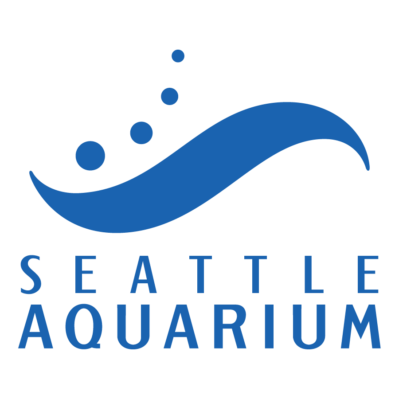Materials
GOAL: 80% of purchased goods meet a sustainable procurement policy by 2030
Goal Update
2024: No baseline, procurement policy not yet established
2030 Goal: 80% of purchased goods meet a sustainable procurement policy
Recent Efforts
Digital materials
In 2020, the Seattle Aquarium shifted a number of materials from print to digital. These include:
- Digital membership cards
- Paper maps provided on request
- Annual report
- Bi-annual Currents newsletter
Reusable dishware
Seattle Aquarium made the shift from compostable to reusable cafe dishware in 2020 and plans to continue this reduction in materials through its partnership with OVG.
Purchasing policy
A draft policy for sustainable purchasing guidelines was written in 2023 with plans to implement into the organization in the near future.
Gift shop
Event Network, in partnership with the Seattle Aquarium, implemented the following changes in 2018 unless otherwise noted:
- Began carrying reusable steel straws and plush toys made out of 100% recycled plastic
- Began selling approximately 50% of toys in plastic-free packaging and 50% of apparel made using recycled poly-blends
- Switched to cardboard signage instead of plastic
- 70% of products free of single-use plastic
- 50% of vendors use environmentally responsible shipping practices, 85% for vendors Event Network manages directly
- Switched to filtered water refill stations in back-of-house operations in 2017
- Water bottle fillers were added in 2016 and 2017
- Eliminated plastic bags in the gift shop in partnership with Event Network in 2005
Priority Strategies
Seek vendors that hold the same values as Seattle Aquarium 
Seeking out and partnering with vendors that share the same priorities will ensure that the Aquarium’s vendors are partners towards success.
Integrate product life cycle analysis into significant purchasing decisions (e.g., seafood, construction materials)
The entire life cycle of a product should be considered for purchasing, particularly when that product is a significant purchase by quantity or dollars. Scope 3 upstream and downstream emissions, locality and end of life are all important factors that should be considered.
Assess use of durable materials for human and animal materials storage 
The Seattle Aquarium has a strong history of replacing single-use plastics with reusable materials. Where opportunities remain, the Aquarium should replace single use materials with glass, metal or other durable materials.
Reassess and consolidate who can purchase
Consolidating who can purchase reduces the challenge of ensuring purchases meet guidelines. The first step is to assess who needs the ability to purchase directly.
Partner with companies that are seeking to become sustainable 
The Seattle Aquarium can help elevate other organizations that are trying to become sustainable through partnerships.
Create policies specifically around marine impacts 
The Seattle Aquarium can live its mission by pivoting away from chemicals and products that directly harm marine life.
Partner with manufacturers of alternative green products
The Seattle Aquarium can do more than just buy green products. Where appropriate, the Aquarium can partner with manufacturers and bring its expertise.
Communicate about policies to influence guest behavior
The Seattle Aquarium has been on the cutting edge of materials management for a long time. Sharing successes and current opportunities with the public will help the Seattle Aquarium make an impact outside of its walls.
Create sourcing guidelines in alignment with sustainable procurement policy
The Seattle Aquarium should work with OVG and Event Network to ensure that partners are sourcing materials that align with the Aquarium’s policy.
Continue to influence the region through policy and advocacy 
The Seattle Aquarium already pursues policy and advocacy work. Building on those efforts will allow the Aquarium to be a regional leader in materials policy.




